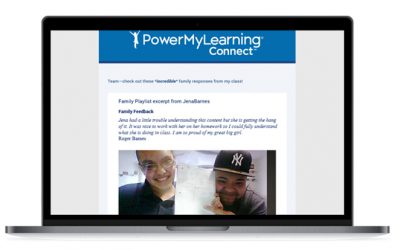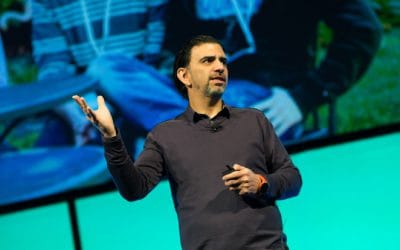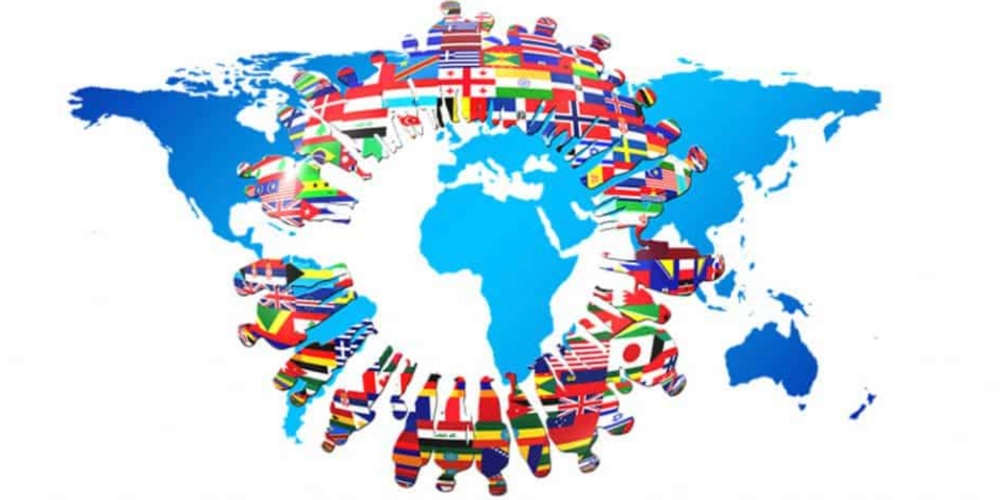What do travel agents and teachers have in common?
Why did Paul English, the co-founder of Kayak, launch a new travel company that puts humans back in the travel booking process? As discussed in this New York Timesarticle by Farhad Manjoo, it all has to do with the value of “human-to-human” interactions, and knowing when technology should be used to strengthen interactions among humans, as opposed to replacing them. This is a notion that has high relevance to us as we think about technology and education.
To understand this “when” question, Manjoo offers an interesting look at how the application of technology has changed in the travel booking business. At first, travel websites were seen as a welcome improvement to the human travel agent because these websites use algorithms to compare multiple air fares and hotel rates efficiently and without bias. As a result, the popularity of travel websites, like Kayak, increased and the popularity of human travel agents declined.
But that’s not the end of the story, and that’s what makes this tale so interesting. You see, Manjoo says we are now seeing a trend in the opposite direction with startups, like Paul English’s new company, trying to put humans back at the center of how we make recommendations. Why? Well, if you are booking a simple family vacation from Point A to Point B, the travel websites alone are fantastic. But if you are booking a more nuanced family vacation that includes multiple stops and tries to address the sightseeing interests of each member of your family, the websites fall short. In this instance, you will likely spend a lot more time doing research online to put together your vacation than you would working with a human. Majoo quotes the president of another thriving travel agency, who says: “There is so much information out there that people research themselves into a circle and they get confused. And then they call one of my agents and say, ‘Would you just help me out?’”
So in short, Manjoo is saying that technology can replace humans when processes are simple. But humans are needed when processes are more complex and more judgement is required. And when technology cannot replace humans, we are going to have to think differently about the efficiencies that technology can bring.
So what does all this have to do with K-12 education? A lot.
Over the last decade, there has been growing interest in whether technology can play a disruptive role in the education sector. Just as technology has taken the middleman out of banking transactions, can’t it do the same for education? My experience at PowerMyLearning says the answer to this question is a resounding “no.” Teaching and learning is a complex process that requires judgement – far more so than calling a taxi, doing a bank transaction, or even booking a sophisticated vacation. In addition, a computer cannot process a student’s responses or click-throughs and know he is having a bad day, but a teacher can easily sense that and ask “You seem down. Are you ok? Is everything alright at home?” Likewise, a parent can tell her child is having a hard time and ask a similar question: “Was everything okay with your friends today?” Therefore, following on Manjoo’s thesis, the best role for technology to play is to strengthen the human-to-human relationships among students, teachers, and families.
How can technology play that role in education? For teachers, it can enable them to use time and space differently in their classrooms, breaking students into dynamic groups that rotate through different stations during the class period. One station can involve the teacher doing a mini-lesson; one can involve collaborative peer learning with real-world objects, such as dice or blocks; one can involve independent practice where students go through online Playlists – sequences of videos, games, interactives, or simulations, culminating in a short assessment.
Such a classroom set-up strengthens teachers’ learning relationships with their students because, at the mini-lesson station, teachers work with only one third of the students at a time, giving teachers the ability to “know” each of their students’ strengths and needs better. In addition, the Playlist station enables teachers to assign online content for their students that is just right for them, and the assessment in each Playlist provides teachers with helpful feedback on how well students are learning so teachers can adjust their next lesson. For parents, technology can help them boost their own confidence in helping their children learn and can provide families with access to quality educational resources to support learning and exploration at home. In both of these examples, technology is helping enhance human capital – it is helping teachers grow as instructional leaders and parents grow as support partners for their child.
So if we need human-to-human interactions when processes are more complex (like in sophisticated travel booking and K-12 education), do we then have to give up on the promise of technology in driving efficiencies? In travel booking, Manjoo argues no. Technology can still play a role in driving efficiencies as human travel agents “can access reams of data about your preferences, allowing them to quickly find answers for your questions.” In the education sphere, technology can play a similar role of providing teachers with access to valuable data on student mastery and self-directed learning. But what gets me most excited is the efficiency gains we can realize from unleashing technology’s power to accelerate teachers’ growth as instructional leaders and parents’ growth as support partners for their children. If we can improve human capital more quickly in the complex system we call education, we can realize efficiency gains that are real and lasting.


